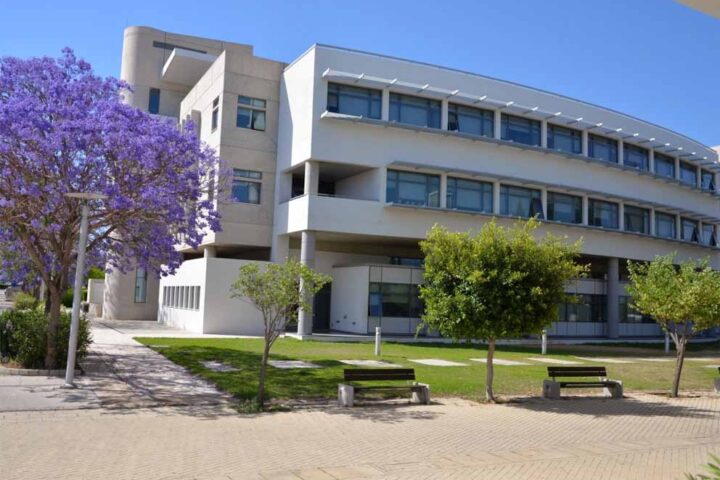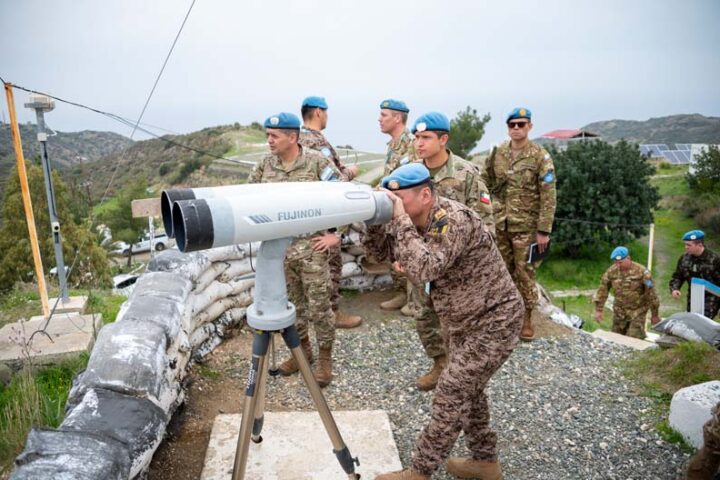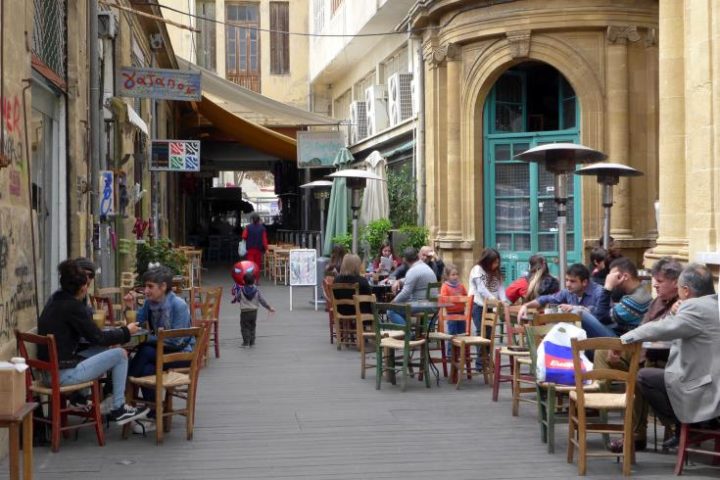.jpg) A U.S. aircraft carrier set sail for the Philippines on Tuesday to accelerate relief efforts after a typhoon killed an estimated 10,000 people in one coastal city alone, with fears the toll could rise sharply as rescuers reach more isolated towns.
A U.S. aircraft carrier set sail for the Philippines on Tuesday to accelerate relief efforts after a typhoon killed an estimated 10,000 people in one coastal city alone, with fears the toll could rise sharply as rescuers reach more isolated towns.
The crew of the USS George Washington, which carries 5,000 sailors and more than 80 aircraft, were recalled early from shore leave in Hong Kong where it left at about 1 p.m. Four other U.S. Navy ships also set sail for the disaster zone.
Philippine officials have been overwhelmed by the scale of Super Typhoon Haiyan, one of the strongest on record, which tore a path through islands in the central Philippines on Friday.
About 660,000 people have been displaced and many have no access to food, water or medicine, the United Nations said.
Rescue workers were trying to reach towns and villages on Tuesday that have been cut off, which could reveal the full extent of the loss of life and devastation from the disaster.
The arrival of the U.S. carrier and its aircraft will accelerate the distribution of aid and ensure more injured survivors can be evacuated.
Another U.S. aircraft carrier, the USS Abraham Lincoln, led a massive aid operation off Indonesia's Aceh province in the wake of the Indian Ocean tsunami in 2004.
Britain is also sending a navy warship with equipment to make drinking water from seawater and a military transport aircraft, Prime Minister David Cameron said.
DEATH TOLL EXPECTED TO RISE
Officials in Tacloban, which bore the brunt of the storm, have said the death toll could be 10,000 in their city. There is grave concern for regions outside Tacloban yet to be reached.
John Ging, director of operations at the U.N. Office for the Coordination of Humanitarian Affairs, said "many places are strewn with dead bodies" that need to be buried quickly to prevent the outbreak of a public health disaster.
President Benigno Aquino declared a state of national calamity and deployed hundreds of soldiers in Tacloban to quell looting. Tacloban's administration appeared to be in disarray as city and hospital workers focused on saving their own families and securing food.
Tacloban's government was nearly wiped out by the storm, said Interior Secretary Manuel Roxas. Many officials are dead, missing or too overcome with grief to work. Of the city's 293 policemen, only 20 have shown up for duty, he said.
CHAOS AT AIRPORT
Two Philippine Air Force C130 cargo planes landed at Tacloban airport early on Tuesday, but unloaded more soldiers than relief supplies. Among dozens of troops was a unit of Special Forces, underscoring concerns about civil disorder in a city where little aid has been distributed.
The Special Forces immediately deployed at the airport to hold back angry and desperate families waiting in heavy rain in the hope of boarding the planes returning to Manila.
The sick, infants and the elderly were taken on board first. Pale-faced babies were passed over the crowd and carried on with several injured people. Many people wept and begged officials to let them on.
Aid trucks have struggled to enter the corpse-choked city because of the stream of people and vehicles leaving.
Tacloban residents have told terrifying accounts of being swept away by a wall of water, revealing a city that had been hopelessly unprepared for a storm of Haiyan's power.
Most of the damage and deaths were caused by waves that inundated towns, washed ships ashore and swept away villages.
RELIEF EFFORTS PICKING UP
International relief efforts have begun to gather pace, with dozens of countries and organisations pledging tens of millions of dollars in aid.
Operations have been hampered because roads, airports and bridges were destroyed or covered in wreckage by surging waves and winds of 314 kph.
U.N. aid chief Valerie Amos, who has travelled to the Philippines, released $25 mln for aid relief on Monday from the U.N. Central Emergency Response Fund.
Aquino's declaration of a state of national calamity allows the government to use state funds for relief and to control prices. He said the government had set aside 18.7 bln pesos ($432.97 mln) for rehabilitation.
Rescuers have yet to reach remote parts of the coast, such as Guiuan, a town in eastern Samar province with a population of 40,000 that was largely destroyed.
The typhoon also levelled Basey, a seaside town in Samar province about 10 km across a bay from Tacloban in Leyte province. About 2,000 people were missing in Basey, said the governor of Samar province.







